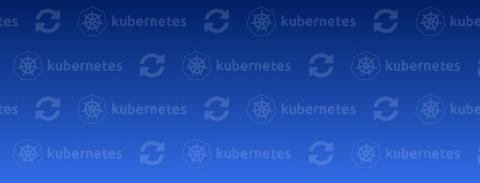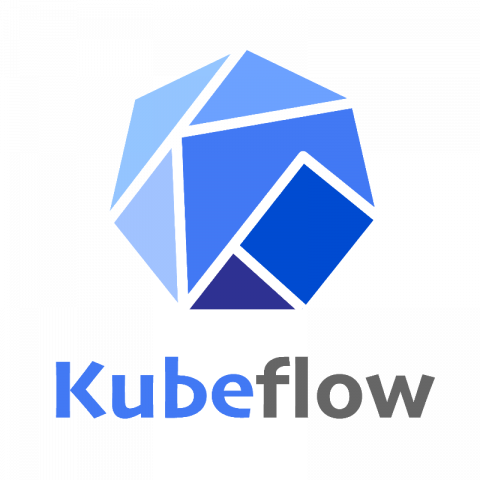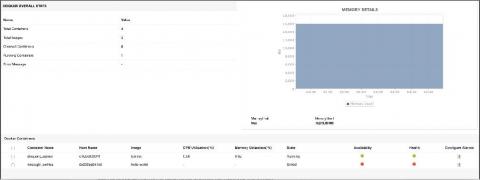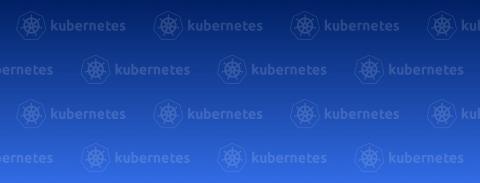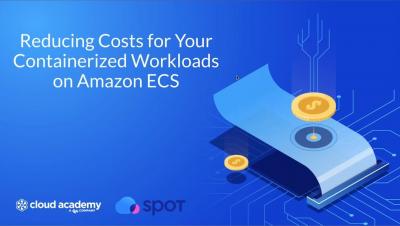Learn How to Build and Maintain Images with KubeAcademy's New Course
We’re excited to announce a new KubeAcademy course—Building Images. Designed for developers, devops engineers, and architects, this intermediate-level course covers different approaches for building images. Completing it will give you the skills and understanding needed to easily start building images and maintain them over time.






